Dsus4 D7sus4 D9sus4 Dadd9 Dmadd9 Daugmented Daugmented7 Ddiminished Ddiminished7 Ddominant7th Ddominant9th Dm7b5 D Figure out your favourite way to play the D minor by toggling the notes on the fretboard Root note D minor chord The minor key is known as the sad keyDm Em C A Cm Am D G F Gm Fm Chords for Summertime (D minor) Backing track / Playalong with song key, BPM, capo transposer, play along with guitar, piano, ukulele & mandolinD minor Dominant 9 minor Dominant 9 Chord Info minor Dominant 9 chords are played combining a root, minor (♭) third, perfect fifth, minor (♭) seventh, and nineth notes of the root note's major scale minor Dominant 9 Chord Formula 1 3♭ 5 7♭ 9
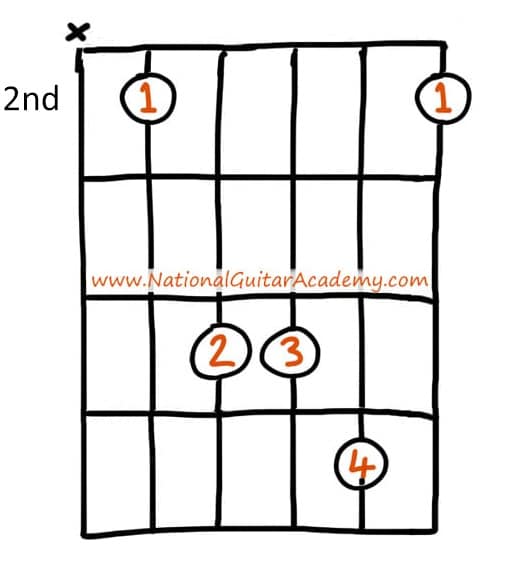
Sus Chords An Essential Guide National Guitar Academy
D minor sus4 piano
D minor sus4 piano-D Dominant 7 suspended 4 chord intervals and notes Intervals 1 4 5 b7 Notes in D 7 sus4 D G A C 7sus4 chords are really just sus4 chords with flattened 7th degree notes added Remember that sus (suspended) means that the chord does not have a 3rd degree note, thus is neither major nor minor, thereby having the open soundingTo elaborate, "sus4" chords are not major or minor ADE is Asus4 ABE is Asus2 Only if it has BOTH the 3rd and the 4th (or 11th) would we use "minor" or "major" (though nothing in the case of major) and they are no longer "sus" chords "sus" implies that the 3rd of the chord has been "replaced by" the 2 or 4




D Sus4 Guitar Chord D Sharp Suspended Fourth Scales Chords
D Minor D 7 D 5 D dim D dim7 D aug D sus2 D sus4 D maj7 D m7 D 7sus4 D maj9 D maj11 D maj13 D maj9#11 D maj13#11 D add9 D 6add9 D maj7b5 D maj7#5 D m6 D m9 D m11D sus chords D sus chords for piano (sus4 and sus2) with keyboard diagram Explanation The Dsus4 and Dsus2 are threenote chords Dsus2 is sometimes written as D2 Theory In these chords, the third (the second note in the chord) are being replaced with either a major second An interval consisting of two semitones or a perfect four An interval consisting of five semitonesD sus4 Guitar Chord Chart and Fingering (D Suspended 4) TheGuitarLessoncom D Suspended 4 chord intervals and notes Intervals 1 4 5 Notes in D sus4 D G A Forming a sus4 chord usually involves your 4th finger, and gives a bright color to the chord Sus chords have no third interval note, instead the sus4 has a fourth
Scales that sound good with Dsus4 chord (s) JGuitar's harmonizer allows you to easily identify chords and scales that will sound good when played together Use the form below to input one or more chords, hit "Go", and the harmonizer will tell you what scales will sound good when played with the selected chords 5th chord minor 6th chord major 7th chord major The D minor chord, which forms the root of the D minor scale, is made up of the notes D, F, and A— the first, third, and fifth notes of the key of D minor On the guitar, using the D minor chord shape shown in the diagram, these notes arrive in this order mute, mute, D, A, D, FD#sus4 chord on a piano, guitar, bass, ukulele, banjo, mandolin, violin, viola, cello and double upright bass
C sus4 chord C# sus4 chord D sus4 chord D# sus4 chord E sus4 chord F sus4 chord F# sus4 chord G sus4 chord G# sus4 chord A sus4 chord A# sus4 chord B sus4 chord rock, and jazz, the suspended fourth chord usually has no third and therefore sounds open since it lacks a minor or major tonality It can function as a preparatory chord before aD Minor Scale – Chord Guide i = D min, D min7, D sus2, D sus4 ii° = E dim, E min7 (b5) III = F Maj, F Maj7, F sus2, F sus4 iv = G min, G min7, G sus2, G sus4 v = A min, A min7, A sus4 VI = Maj, Maj7, sus2 VII = C Maj, C7, C sus2, C sus4The sus chords aren't major or minor really, so the minor variations work fine In the key of G major, we have the ii, Am, and both Asus4 and Asus2 are diatonic, still in the key of G major As for iii, Bm, Bsus4 is in G but Bsus2 (with a C#) isn'



Terry Teaches Guitar Chord Ornaments The Sus 4 Chord
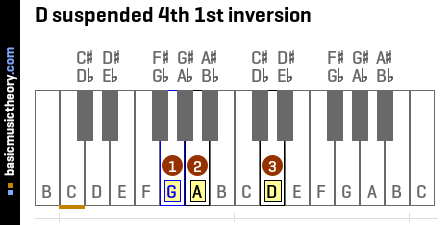



Basicmusictheory Com D Suspended 4th Triad Chord
Bottom is bass note eg C/D = C chord with D bass9th sus4 Minor (add9) Added 9th Minor 9th Major 9th 13th 13th sus4 Major 13th Minor 13th Augmented 6th 6th (add9) Minor 6th Minor 6th (add9) 11th Minor 11th Minor, Major 7th Minor 9th, Major 7th Chord Type open barre movable In the key of show all keys G# / E#m Gb / Ebm / Gm Eb / Cm Ab / Fbm Db / F# / D#m A# / Gm D# / Cm C / Am C# Sus4 Chord Sometimes the 3rd is replaced by a 4th instead of a 2nd So an A major chord would change from 135, AC#E, to 145, ADE This chord is called A suspended 4 or Asus4 for short You might even hear musicians say simply, Asus Usually, when sus is not followed by a number, sus4 is implied




Sus2 And Sus4 Guitar Chords Acoustic Music Tv




Dm Sus4 And Other Mysterious Symbols Harmony Theory The Cracking The Code Forum
GIGI Guitar Score Chord Font D D major Dm D minor D5 D5 D7 D dominant 7th DM7 D major 7th Dm7 D minor 7th DmM7 D minor major 7th Dsus4 D suspended 4th1 Instructor Yes Yes No description Just like we can make a major chord into a Sus4 chord, we can do the same with a minor chord as well Simply start with the recipe for the minor chord, then add in the 4th tone of the scale, as counted up from the root note Open In New WindowD mD 5D sus4D sus2D madd9D m/ma7D mb6D sus24D madd4D m#5D mMaj7b6D mMaj9b6D mMaj9D mb6M7D m9maj7D M7#5sus4D M9#5sus4D M7sus4D M9sus4 Scale modes D Harmonic minor E Locrian 6 F Augmented ionian G Romanian minor
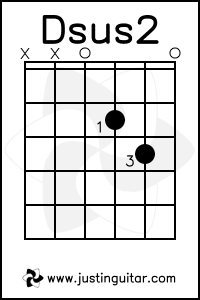



Easy Open Suspended Chords Justinguitar Com



Sus Chords An Essential Guide National Guitar Academy
If D E A C are the the only notes in this chord then D7sus2 is the way to go even if the key contains a Dm as a diatonic chord I really don't come across minor sus2 or minor sus4 chords, I can't remember offhand ever seeing one over the last several years Since there is no 3rd why label it as minor?Download this Free Chord Chart for the Key of F Major You can choose if you want to print it out, or if you prefer to bookmark this page for reference You will learn all the main triad chords, as well as the 7th chords and suspended chords on each scale degree These are the notes of the F Major Scale F, G, A, , C, D, EThe Asus4 chord has the intervals I, IV, V with notes A, D, E Matching Scales A Major A Minor A Blues D Major D Minor D Major Pentatonic E Minor E Blues E Minor Pentatonic Commonly used in pop, rock, and jazz, the suspended fourth chord usually has no third and therefore sounds open since it lacks a minor or major tonality
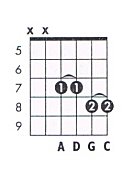



D 7sus4 Guitar Chord Chart And Fingering D Dominant 7 Suspended 4 Theguitarlesson Com
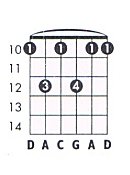



D 7sus4 Guitar Chord Chart And Fingering D Dominant 7 Suspended 4 Theguitarlesson Com
As we've seen, the D natural minor uses these same notes, except that the sixth note of the major scale becomes the root note of its relative minor The formula for forming a natural (or pure) minor scale is WHWWHWW "W" stands for whole step and "H" stands for half stepD sus4 D maj7 D m7 D 7sus4 D maj9 D maj11 D maj13 D maj9#11 D maj13#11 D add9 D 6add9 D maj7b5 D maj7#5 D Minor D#/Eb Minor E Minor F Minor F#/Gb Minor G Minor G#/Ab Minor A MinorD Sus4 Chord Charts for Guitar, Free & Printable View our Dsus4 guitar chord charts and voicings in Standard tuning with our free guitar chords and chord chartsIf you are looking for the Dsus4 chord in other tunings, be sure to scroll to the bottom of the page For over 950,000 charts and voicings, grab an account



Sus4 Chords



Dminor6th Chord Charts 8
Dsus4 is an easy chord that only takes two fingers!Add D Minor 6th Chord to Favourites Notes D F A B Formula R b3 5 6 Intervals R 3 4 2 Showing frets 0 to 3 Showing frets 4 to 73 is the minor or major quality of the chord and is rarely written as a number 4 is mostly used as an extra note in a chord (eg add4, sus4) 5 is the (perfect) fifth of the chord and is only written as a number when altered (eg F7 (♭ 5))




Suspended Chord Wikipedia




D Sus4 Guitar Chord D Sharp Suspended Fourth Scales Chords
The formula for a sus4 chord is R 5HS 2HS (root plus 5 half steps plus 2 half steps) The formula for a sus2 chord is R 2HS 5HS (root plus 2 half steps plus 5 half steps) Each suspended chord has two inversions Sus2 chords are inversions of sus4 chords and vice versa For example, Csus2 (C – D – G) is the 1st inversion of Gsus4 (GShow All D Chords Hide Chord List D major D minor D 7 D m7 D maj7 D m#7 (mM7) D 7b5 D 7#5 D m7b5 D 7b9 D b5 D 5 Power Chord D 6 D m6 D 69 D 9 D 9b5 D 9#5 D m9 D maj9 D add9 D 7#9 D 11 D m11 D 13 D maj13 D sus2 D sus4 D7 sus4 D9 sus4 D dim D half dim D dim7 D aug D/F# D/A D/C# D/C D Brent Keane/ Similarly, you can experiment with playing D minor to Dsus2 back to D minor again The sus2 and sus4 chords are great ones to use when you're supposed to hold a major or minor chord for a long period of time Instead of just strumming D major for two bars, for example, you can start on D major, embellish a bit with Dsus2 and Dsus4, and then return to D
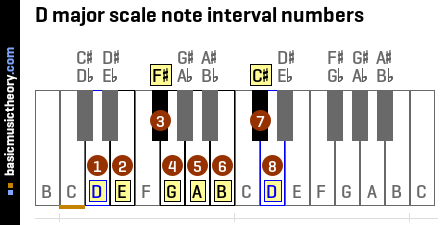



Basicmusictheory Com D Suspended 2nd Triad Chord




D Suspended 4th
•Cm7 1 b3 5 b7 minor chord with b7 • Csus 1 4 5 raise the 3rd 1/2 step • Cm6 1 b3 5 6 ( an inversion of Am7(b5) • C7(9) 1 3 5 b7 #9 "" means # the note The same as C7(#9) • C 1 3 #5 "" means to sharp the fifth The same as C(aug5) • C(add 9) 1 3 5 9 • C(sus2) 1 2 5 • Slash chords top is chord;C C# Db D D# Eb E F F# Gb G G# Ab A A# B Show All D# Chords Hide Chord List D# major D# minor D# 7 D# m7 D# maj7 D# m#7 (mM7) D# 7b5 D# 7#5 D# m7b5 D# 7b9 D# b5 D# 5 Power Chord D# 6 D# m6 D# 69 D# 9 D# 9b5 D# 9#5 D# m9 D# maj9 D# add9 D# 7#9 D# 11 D# m11 D# 13 D# maj13 D# sus2 D# sus4 D#7 sus4 D#9 sus4 D# dim D# half dim D# dim7 D# aug D#/GSelect a Chord Use this dropdown to indicate which chord is your tonal center A Major A 7 A#/ 7 A aug A#/ aug A#/ Major A dim A#/ dim A Minor A m7 A m7b5 A#/ m7b5 A#/ m7 A maj7 A#/ maj7 A#/ Minor A sus2 A#/ sus2 A sus4 A#/ sus4 B Major B 7 B aug B dim B Minor B m7 B m7b5 B maj7 B sus2 B sus4 C Major C 5 C 7 C#/Db 7 C aug




D Suspended 4th




Suspended Scales Sus Guitar Chords The Major Pentatonic
The middle finger is placed on the second fret of the C string while the ring finger plays the third fret of the E string Keep the top finger joints straight up to avoid hitting nearby strings Also make sure that the G and A strings play, the latter can potentially be muted by your palm if you are not carefulThe Esus4 requires just two fingers, the combination is based on what is easiest for you Place the middle finger on the fourth fret of the G string and the ring finger on the fourth fret of the C string You will have to move the middle back a little to accommodate the ring Keep the top of your fingers perpendicular that way you avoid string interference and also muting the bottom A stringD Minor Sus 4 Chord Chord Symbol(s) Advanced Options Note Labels JGuitar's handy chord search utility allows you to quickly draw chord diagrams for virtually any chord symbol Just enter one or more chord symbols separated by commas into the search box and hit "Go" and JGuitar will draw chord diagrams for each of the chord symbols entered



How To Form Suspended Chords On Piano Sus4 And Sus2 Chords



How To Form Suspended Chords On Piano Sus4 And Sus2 Chords
For example, G sus2 (G–A–D) is the first inversion of D sus4 (D–G–A) which is the second inversion of G sus2 (G–A–D) The sus2 and sus4 chords both have an inversion that creates a quartal chord (A–D–G) with two stacked perfect fourths Sevenths on suspended chords are "virtually always minor sevenths", while the 9sus4 chord isD Minor 6 Chords Notes used in D Minor 6 Chord D F A B Standard Music Notation D Minor 6 Minor 6 Chord Info Minor 6 chords are played combining a root, minor (♭) third, perfect fifth, and sixth notes of the root note's major scale Minor 6 Chord Formula 1 3♭ 5 6Open D Minor 7th Chords Major chords shouldn't get all the 7th fun Here are several ways to play minor 7th chords Open D add2 & sus4 Both, add2 and sus4 chords can give your chords a bit of subtle change to keep your progressions from sounding repetitive Open D



Dminor6th Chord Charts 3 Cute766
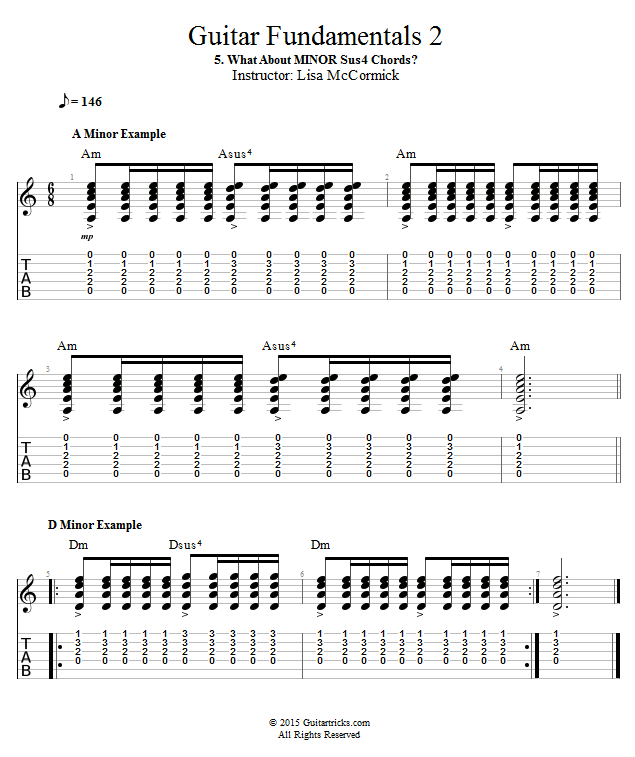



Guitar Lessons What About Minor Sus4 Chords
Sus4 chords are also commonly referred to as simply "sus" or "suspended" chords Sus4 chords tend to feel "unresolved" if left hanging you probably wouldn't want to end a song on a sus4 chord Many guitarists insert sus4 chords into music with simple major and minor chords, to spice up a guitar partA#sus4 chord on a piano, guitar, bass, ukulele, banjo, mandolin, violin, viola, cello and double upright bassThe below diagrams show you how to play the D sus4 chord in various positions on the fretboard with suggested finger positions D Sus 4 chord attributes Interval positions with respect to the D major scale, notes in the chord and name variations Scale intervals 1 4 5 Notes in the chord D G A Various names D Sus 4 D Suspended Fourth
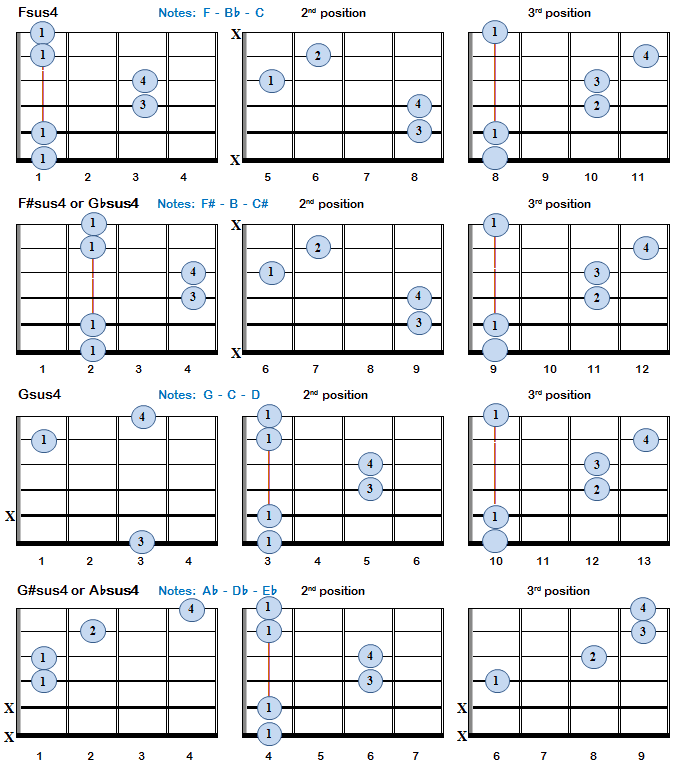



Suspended 4th Chords Sus Sus4 Bellandcomusic Com



E Double Harmonic Scale Guitar Scientist
B sus chords B sus chords for piano (sus4 and sus2) with keyboard diagram Explanation The Bsus4 and Bsus2 are threenote chords Bsus2 is sometimes written as B2 Theory In these chords, the third (the second note in the chord) are being replaced with either a major second An interval consisting of two semitones or a perfect four An interval consisting of five semitonesFor example, a violin concerto would be in D major or in d minor The Sus4 The suspended fourth is an alteration of a chord, in which the third is moved up to the fourth note (counting from the root of the chord) For example, in Csus4 the third is moved up to the f In the classical harmony the fourth has to be resolved to the thirdD minor chords The Solution below shows the D minor scale triad chords (i, ii o, III, iv, v, VI, VII) on a piano, with mp3 and midi audio The Lesson steps then explain the triad chord construction from this scale, and how to name the quality of each chord based on note intervals For a quick summary of this topic, and to see the chord quality chart for this scale, have a look at Scale chord
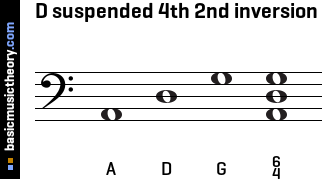



Basicmusictheory Com D Suspended 4th Triad Chord




Sus4 Jens Larsen
Major chords Minor chords Diminished chords Augmented chords 7th chords 6th chords 9th chords 11th chords 13th chords Suspended chords 5 dim aug 9sus2 9sus4 7sus2 7sus4 sus2 sus4 m13 maj13 13 m11 m9 maj9 9#5 9b5 9 º7 m7b5 m(maj7) m7 7#5 7b5 7 maj7 6/9 m6 6 m major The sus2 chord consists of the root, 2nd and 5th notes of the major scale (125) = C D G The sus2 chord replaces the third with the second note By removing the 3rd in a chord, the chord becomes neither major nor minor, as the 3rd determines the happy major or sad minor sound Therefor sus chords can be applied to both major and minor chordsD diminished 7th chord The Solution below shows the D diminished 7th chord in root position, 1st, 2nd, and 3rd inversions, on the piano, treble clef and bass clef The Lesson steps then explain how to construct this 7th chord using the 3rd, 5th and 7th note intervals, then finally how to construct the inverted chord variations For a quick summary of this topic, have a look at Seventh chord
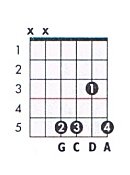



D 7sus4 Guitar Chord Chart And Fingering D Dominant 7 Suspended 4 Theguitarlesson Com



D Sus Guitar Chords From Adamsguitars Com
Dsus4 summary table Guitar chord name Dsus4 (D suspended fourth) Guitar sound Notes and structure D G A (R 4 5) Alternate tunings Standard Tuning Drop D Tuning Half Step Down Tuning Full Step Down Tuning Open D Tuning Open G Tuning Open A Tuning Open C Tuning Open B Tuning Open E Tuning Open F Tuning All fifths Tuning New Standard Tuning




How To Play And Apply Sus2 And Sus4 Chords Guitarhabits Com




How To Play And Apply Sus2 And Sus4 Chords Guitarhabits Com
/Jazz_sus_chord-583d05433df78c6f6a43ae0f.png)



Suspended Chords




D Sus4 Piano Chord D Sharp Suspended Fourth Charts
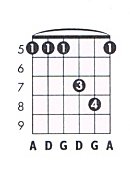



D Sus4 Guitar Chord Chart And Fingering D Suspended 4 Theguitarlesson Com




Sus Chords An Essential Guide National Guitar Academy
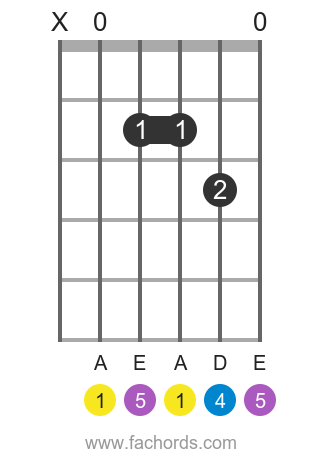



Suspended Guitar Chords Chart And Tutorial
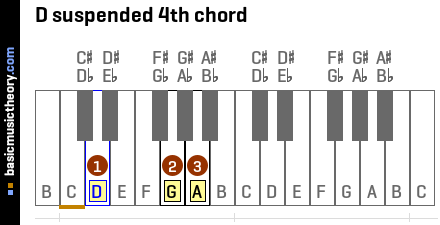



Basicmusictheory Com D Suspended 4th Triad Chord
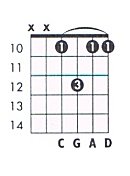



D 7sus4 Guitar Chord Chart And Fingering D Dominant 7 Suspended 4 Theguitarlesson Com
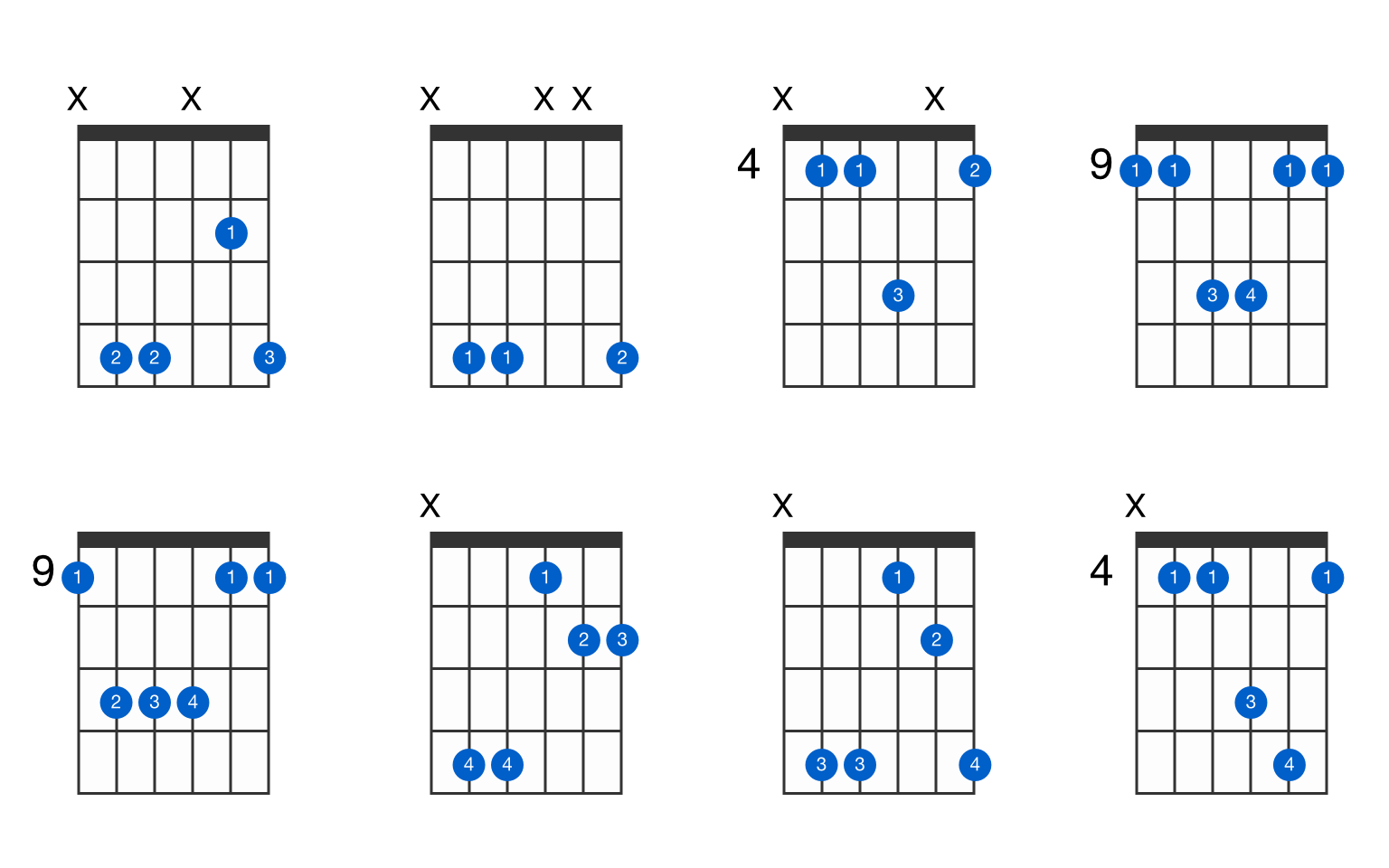



D Sus4 Guitar Chord Gtrlib Chords



Dminor6th Chord Charts 2




D Suspended 4th



Become A Sus4 Chord Master In 5 Steps
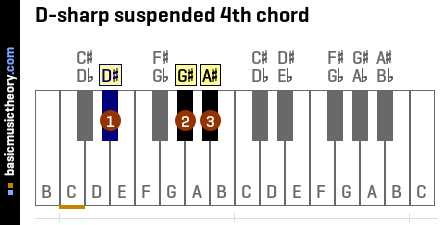



Basicmusictheory Com D Sharp Suspended 4th Triad Chord




Suspended Chord Wikipedia




D Sus 4 Guitar Chord Diagrams
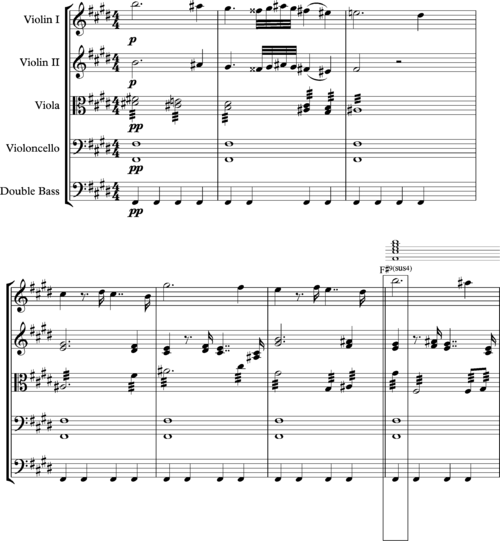



Suspended Chord Wikipedia



Chords In D Minor Free Chart Professional Composers




D Sus4 Chords




Chord Theory 4 Sus Chords Strung Out Fret Not




Sus2 Sus4 Sus7 Or Just Plain Sus I M In Suspense Ari S Bass Blog




Guitar Chords Diagrams And Lessons
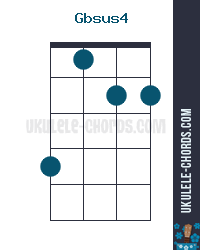



Gbsus4 F Sus4 Ukulele Chord
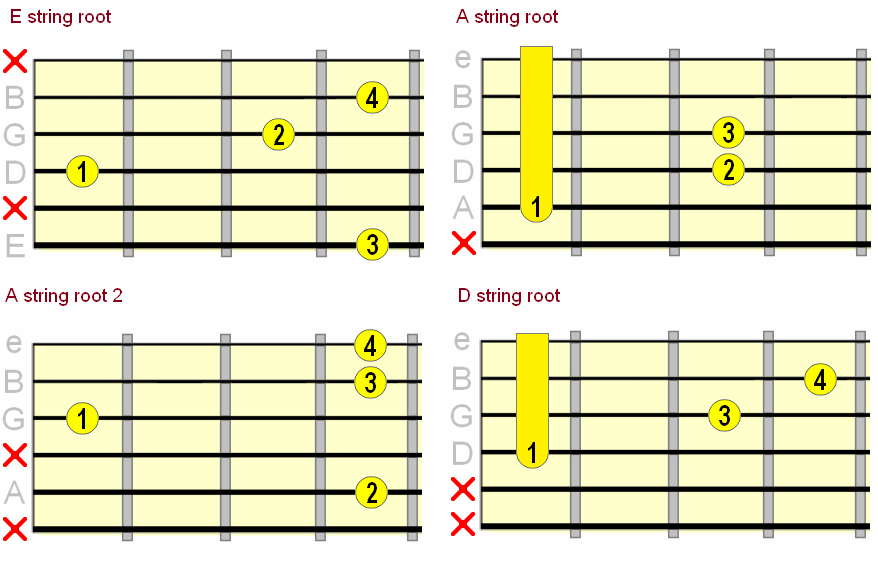



Suspended Guitar Chords How When To Play Them
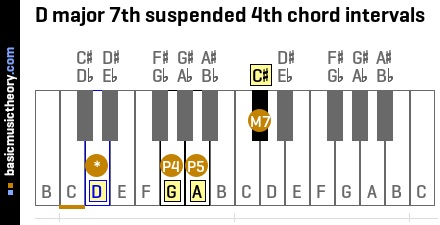



Basicmusictheory Com D Major 7th Suspended 4th Chord
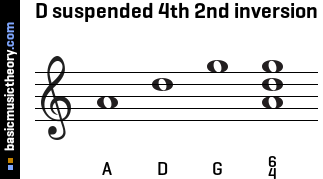



Basicmusictheory Com D Suspended 4th Triad Chord



Piano Chords D 7 5 D Maj7 D Min Maj7 D Maj7 5 D Maj7




D Sus4 Guitar Chord D Sharp Suspended Fourth Scales Chords



Tutorial What S The Deal With Sus4 And Sus2 Chords




How To Play G Chord On Guitar Arxiusarquitectura
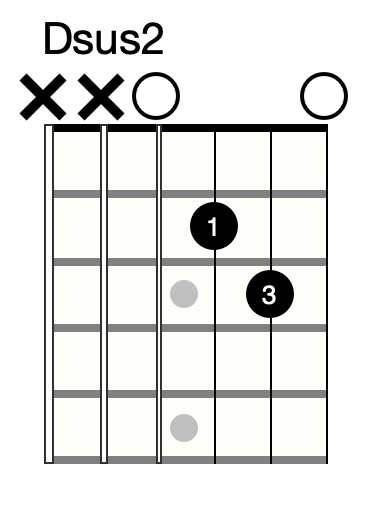



Guitar Chord Names Explained Pathfinder Guitar




Dmin Sus Chord Talk About A Contradiction Ari S Bass Blog



F Sus Guitar Chords From Adamsguitars Com
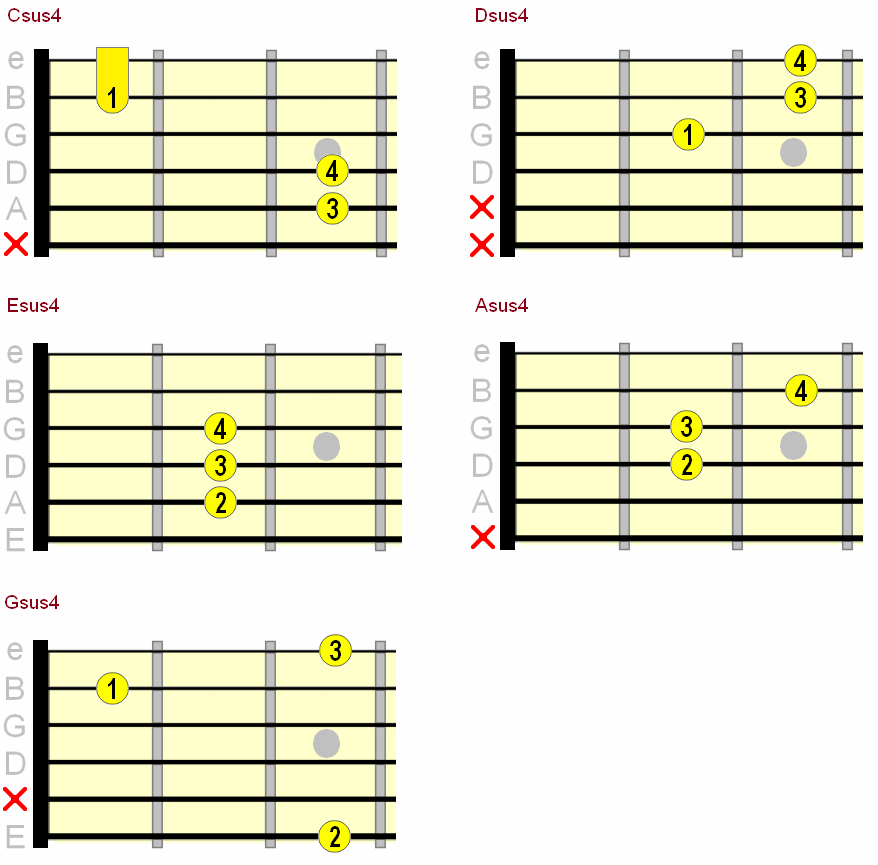



Suspended Guitar Chords How When To Play Them



1




D Sus Piano Chords Sus2 Sus4
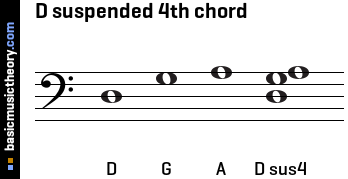



Basicmusictheory Com D Suspended 4th Triad Chord
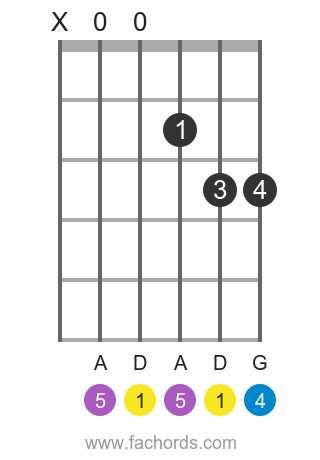



Dsus4 Guitar Chord How To Play The D Suspended Fourth Chord




Piano Chords Suspended Chords Sus4 Sus2 Youtube
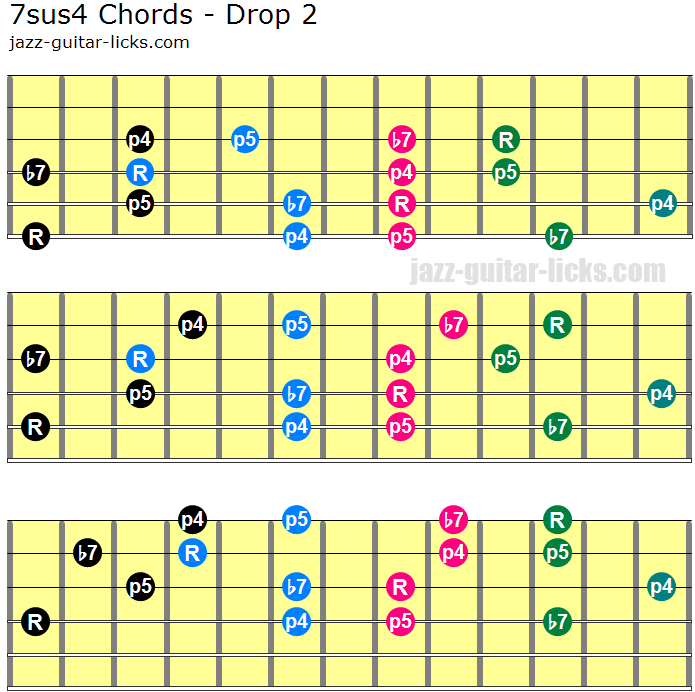



Dominant 7sus4 Guitar Chords Drop 2 And Drop 3 Voicings




What Is A Suspended Chord On Piano Sheet And Chords Collection



How To Form Suspended Chords On Piano Sus4 And Sus2 Chords
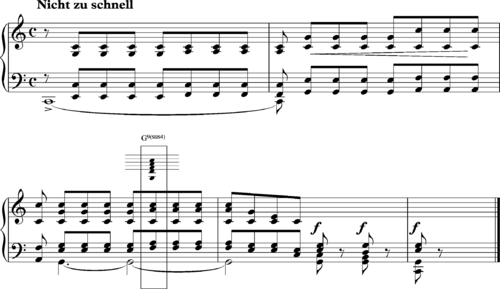



Suspended Chord Wikipedia




D Sus4 Guitar Chord D Sharp Suspended Fourth Scales Chords
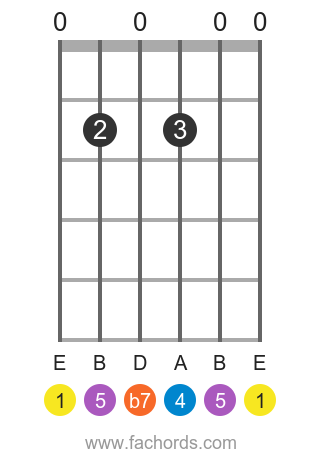



Suspended Guitar Chords Chart And Tutorial



1
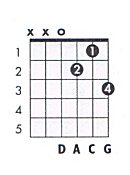



D 7sus4 Guitar Chord Chart And Fingering D Dominant 7 Suspended 4 Theguitarlesson Com




Ukulele Chords From First Principles Part 2
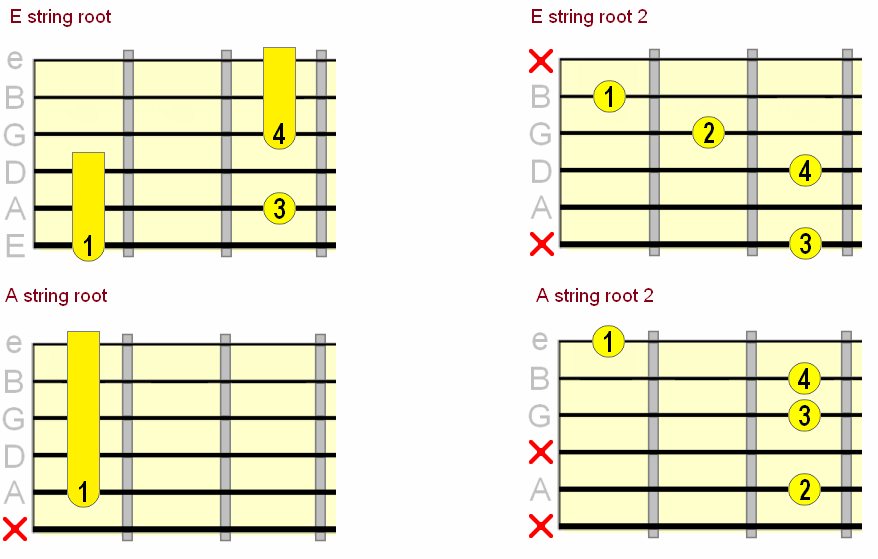



Suspended Guitar Chords How When To Play Them




How To Play And Apply Sus2 And Sus4 Chords Guitarhabits Com




G Sus4 Guitar Chord G Sharp Suspended Fourth Scales Chords




Em Sus4



1
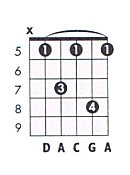



D 7sus4 Guitar Chord Chart And Fingering D Dominant 7 Suspended 4 Theguitarlesson Com



3




Sus4 Guitar Chords How They Are Made




Sus4 Bass Guitar Chord Chart




Chord Progressions Sus4 Resolved To Major Triad Piano Ology




D Major 7th Suspended 4th Guitar Chord Gtrlib Chords



Major 2 Chords C2 C Major 2 All Explained
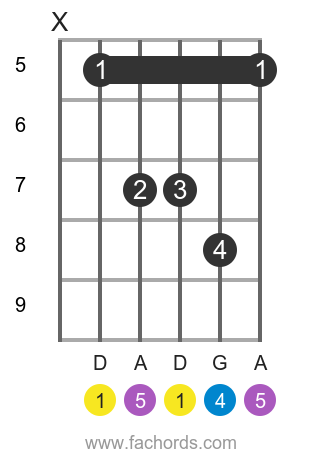



Dsus4 Guitar Chord How To Play The D Suspended Fourth Chord



Simple Sus Chords
/d-minor-chord-open-56b144fc5f9b58def9c5cce2.gif)



How To Play A D Minor Chord




Sus Chords What They Are And How To Play Them




How To Form Suspended Chords On Piano Sus2 Sus4 7sus4 Piano Chords Lesson Youtube Resep Kuini




How To Form Suspended Chords On Piano Sus4 And Sus2 Chords




Dmin Sus Chord Talk About A Contradiction Ari S Bass Blog
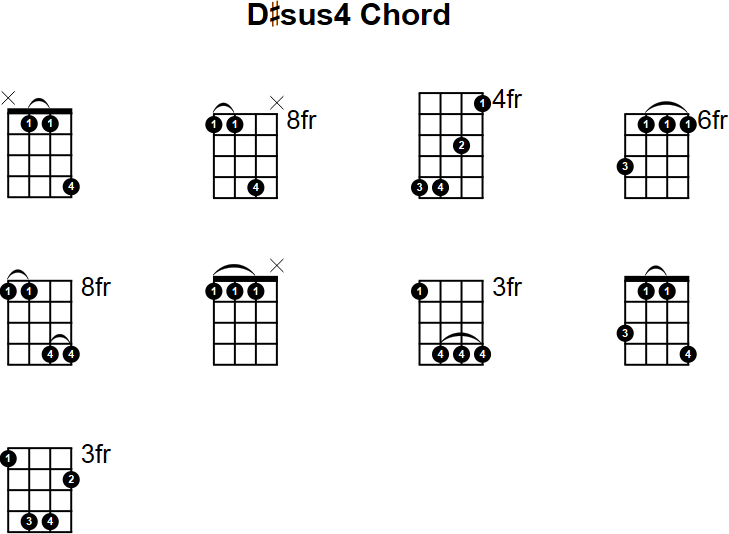



D Sus4 Mandolin Chord
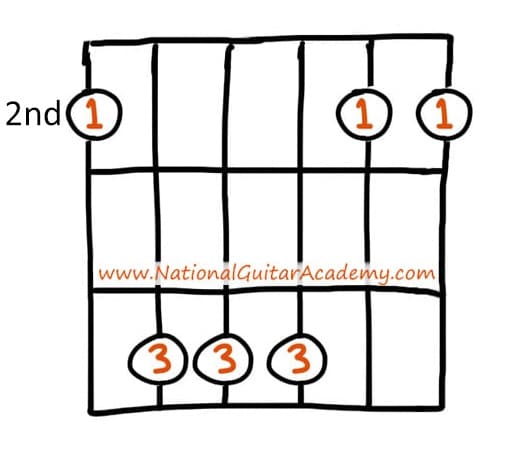



Sus Chords An Essential Guide National Guitar Academy
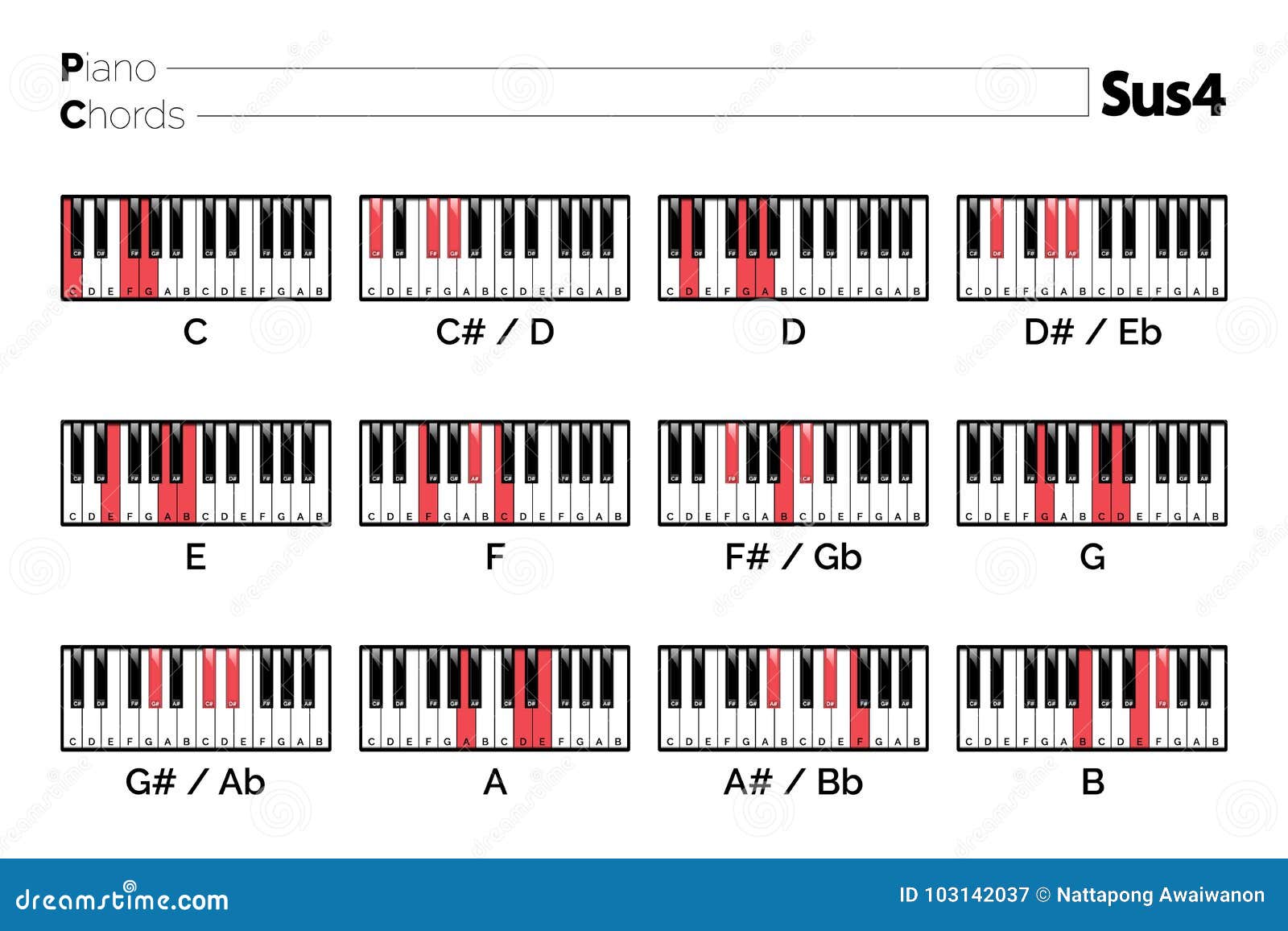



Piano Chord Sus4 Chart Stock Vector Illustration Of Learn
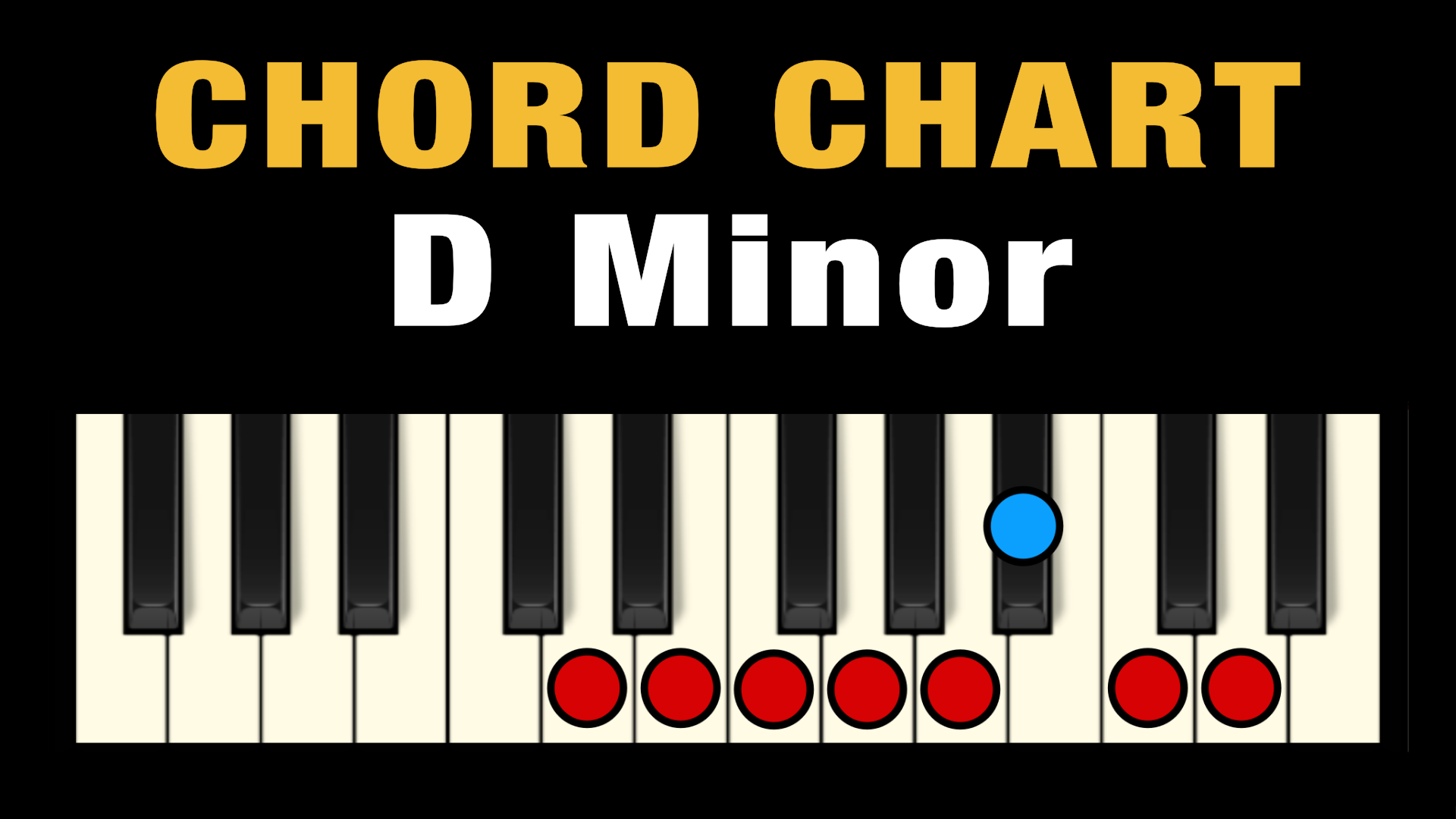



Chords In D Minor Free Chart Professional Composers
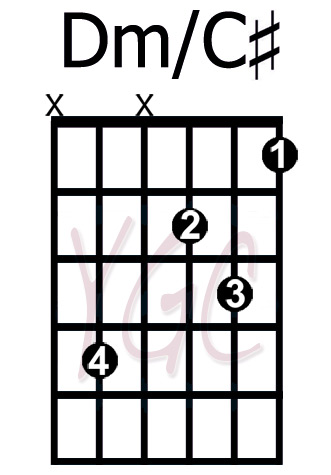



Dm C Yourguitarchords




D Chords Eb E Flat Chords Or D D Sharp
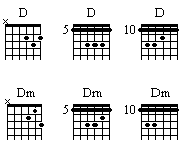



D Chords Eb E Flat Chords Or D D Sharp
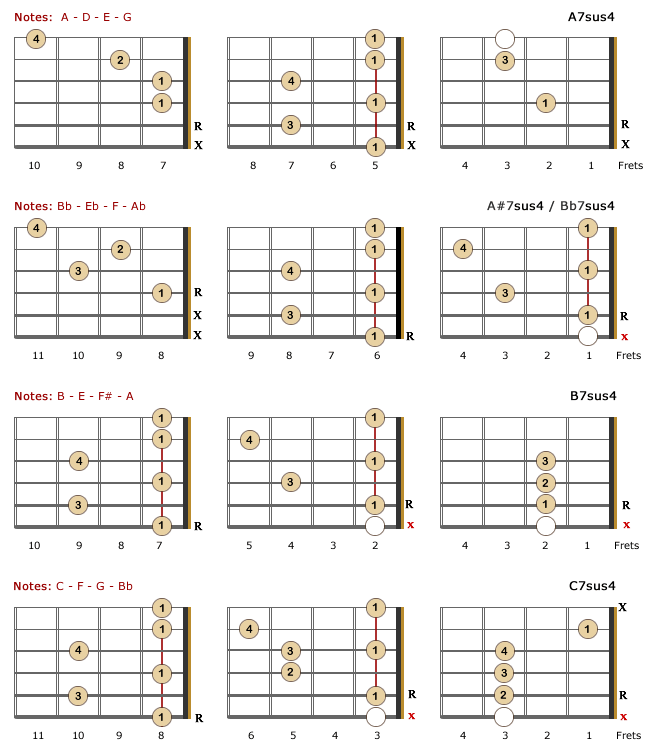



7sus4 Guitar Chords Theory Charts Bellandcomusic Com




How To Play And Apply Sus2 And Sus4 Chords Guitarhabits Com




D Sus4 Chords



How To Form Suspended Chords On Piano Sus4 And Sus2 Chords



0 件のコメント:
コメントを投稿